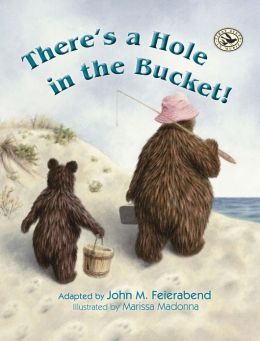It was during this time that I was introduced to the book by Barrie C. Turner and Sue Williams called Carnival of the Animals: Classical Music for kids. This gem of a book first briefly introduces the composer and the instruments of the orchestra. I teach this page on the first day of the unit. We practice pronouncing Camille Saint Saen's name with our best French accents and we talk about the jobs of the performers.
In each proceeding class, I introduce one animal. I go from beginning to end of the piece when introducing animals over time. To intro the animal, I read the short paragraph the book presents, describing the animal and the music that is used to represent it. I then instruct the students to prove to me that they are excellent listeners, while watching me move to the animal they are learning. They see me crawl on the floor like a lion the first day, and I've got them hook, line, and sinker. I then give them a chance to move silently like the animal we are learning. Each movement I use clearly aligns and matches the music, to help students remember and correlate their learning.
After we've learned a few animals over several class periods, I do some review, playing short clips of one of the animals, having the students show me without talking which animal it is.
I assess this learning several times throughout the unit. I give a mid point assessment, where I mix up the animals we know, and the students write the number (1 for the first listening example) beside the picture of the animal and it's instruments. I give a final assessment, where only some animals are pictured. I have students color the animal they hear with a specified crayon color. I just created paper puppets to use as informal identification manipulatives as well. All of these assessments are now available in my teacher's pay teachers store.
Through this kinesthetic unit, I am always amazed at how well students are able to listen and describe music. Their parents often comment on how much they love this piece of music.
Hope this sparks some ideas for getting your kids moving and listening jointly.




















